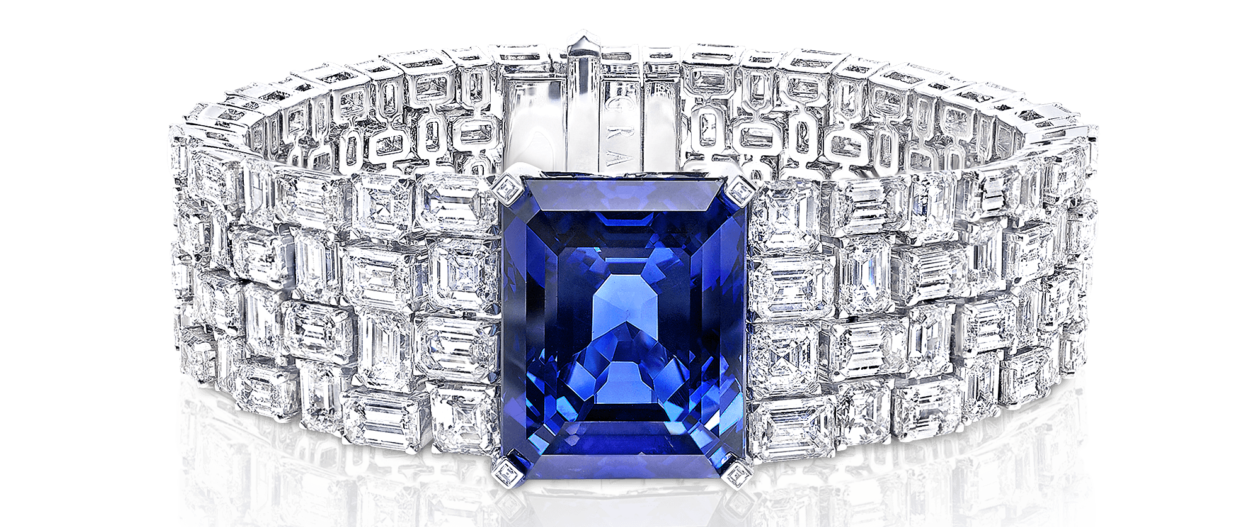Victoria’s wedding to Prince Albert in 1840 was a significant event for the young queen, and it produced even more jewelry.
Above the Queen in her wedding dress, lace, and jewels, painted seven years later for the Prince Consort on the anniversary of their wedding, corrected this omission. Albert’s sapphire brooch is prominent on Victoria’s lace collar, and the creamy-white silk-satin dress is in the Museum of London, while the magnificent Honiton lace flounce survives in the Royal Collection. Her diamond necklace and long earrings were made by Rundells in 1839 from diamonds presented to her by Sultan Mahmúd II in 1838, hence the suite’s title.

























